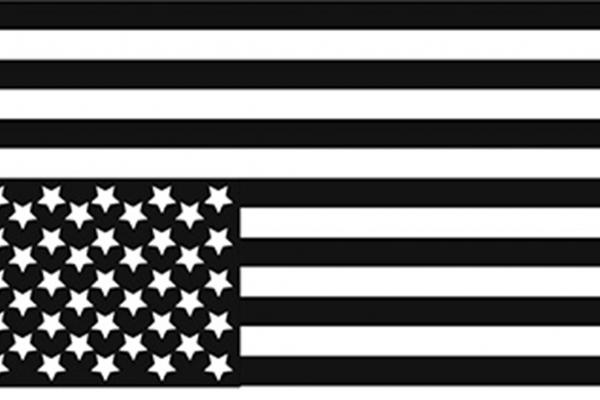The flag should never be displayed with the union down, except as a signal of dire distress in instances of extreme danger to life or property.
—U.S. Flag Code
IT SEEMS RATHER odd that a normal part of my catching-up-at-the-end-of-the-day conversation with my partner is discussing the whiplash of political events. Leaks are not conversations about the sink. Notes are not to be turned into the teacher. Tapes are not our latest vintage find. They are all political subjects and part of the ever-evolving new normal. And just as spring was forcing its way into bloom, it was announced that Officer Betty Shelby of the Tulsa (Okla.) Police Dept. was found not guilty of first- degree manslaughter in the shooting death of unarmed Terence Crutcher.
Read the Full Article

